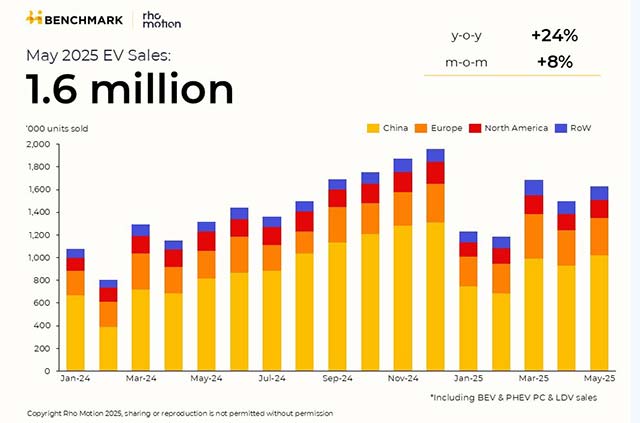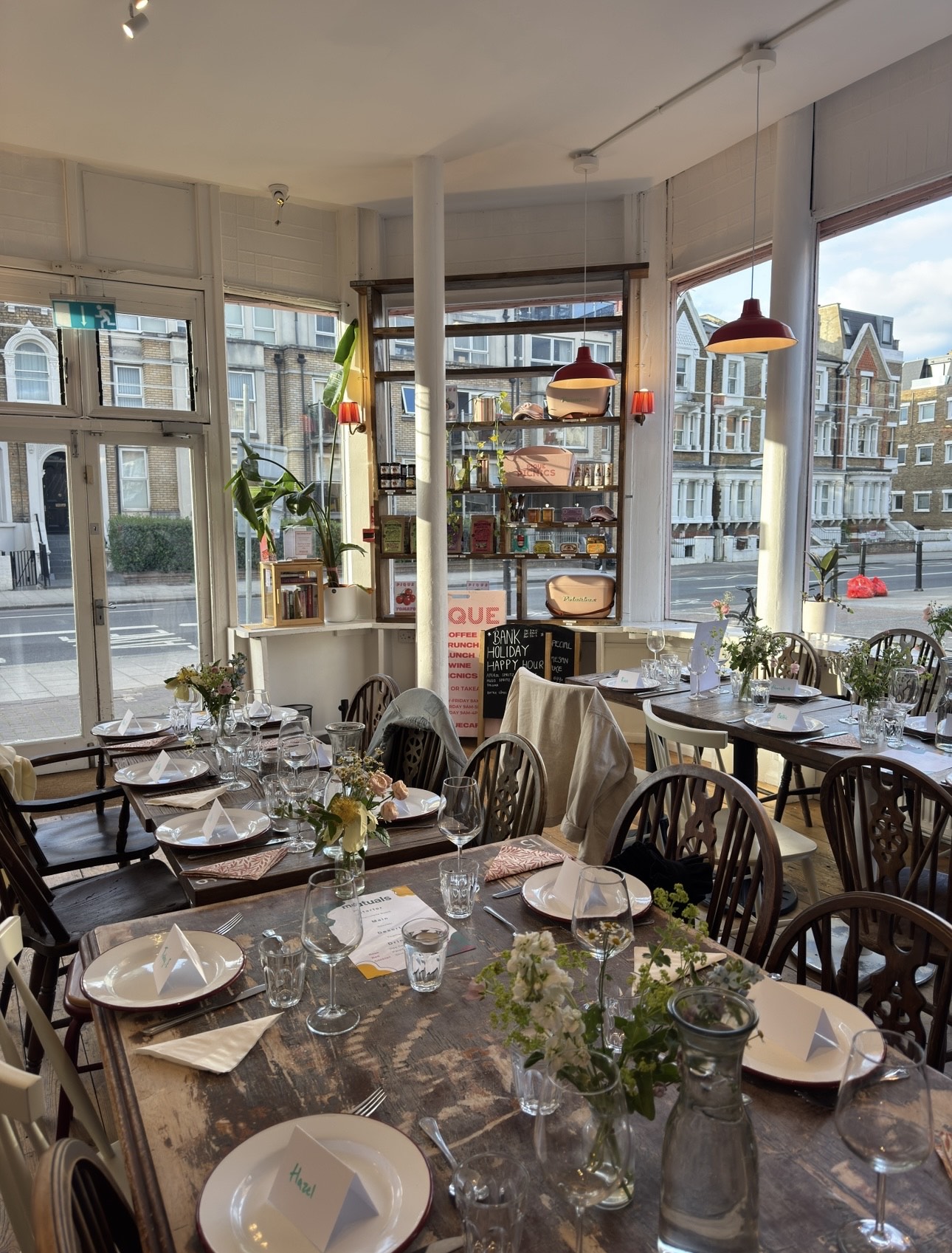There’s been much discussion around the secondary market for high end Scotch, and last month saw one of the rarest offerings ever from The Balvenie Distillery – a “hyper-rare… treasure chest” of 10 bottles of single cask 50-year-old whisky with an estimate of £240,000-450,000 – fail to sell at auction. Is this just a case of nervousness around such a high price due to geopolitical fall-out or is there more to it?

The Balvenie 50 Year Old Private Cask #16560 Trunk was the headline lot of the Sotheby’s sale, a “hyper-rare item” that marked the first time that any bottles from The Balvenie’s rare cask programme had come to auction. The proceeds from the sale were to be divided between two charities: WWF and The King’s Trust, having been donated by the collector who owns every one of the 220 bottles produced from this cask – as well as the 22 wooden trunks in which they are housed. However, this sadly failed to sell.
As
db has previously reported,
whisky on the secondary market has been undergoing a “pronounced market correction” following a “preposterous peak” during the preceding years. This unusually intense spike in demand for trading expensive whiskies really hit its stride from mid-2020 (around six months into the pandemic) before peaking in late 2022. In this time, a bottle of The Macallan 1926 seg a new world record for wine and spirits, selling for £2.1m at Sotheby’s.
However the latest figures from Scottish financial advisory firm
Noble & Co are more sobering. Overall volumes of high-end Scotch down 21% in the three months to January 2025, compared to the same period the previous year. Not only have bottles over the £1,000 mark seen a fall in volume and value terms, but bottles priced above £10,000 were also affected. These represented around 32.5% of value last year, but in the latest quarter, this had fallen to just 6.8% in value terms, which Noble & Co attributed to a contraction fuelled by both vendors and collector appetite.
According to consultant and whisky broker Mark Littler however, this is more than just the result of geopolitical uncertainty and nervousness in the market.
Speaking to
the drinks business at the height of the boom in 2021, Littler noted that since 2015, single malt whisky had “transformed into a status symbol”, not unlike the luxury watch market. It wasn’t “just seen as a drink to consume” and as a result, distilleries had bought into this paradigm by increasingly targeted collectors and investors rather than drinkers, releasing limited release rebottlings of older vintages and modern non-age statements whiskies packaged in luxurious one-off decanters.
He still maintains that this happened by accident rather than by design, coinciding with a time of almost near zero interest rates, COVID, and the rise of nfts and cryptocurrencies, reaching a fever pitch in 2022 before going “pop” when interest rates went up.
“If you look at the Liv-ex 1000, you can see this peak, which topped on 31st of October,” he said, adding that the the spirits index shows exactly the same trajectory. “The watch market peaked out slightly earlier, in April 2022 and has seen a steady decline since… but across three luxury markets, you've got this peak happening with the decline in line with the rise in interest rates.”
There are, he argues three main issues in the market now.
The first one is that the current release prices of whiskies is not aligned with the market, unsurprisingly as that producers designing the next release of the likes of The Mcallan and Bowman are developing five years ahead of release. advance.
“So they were designing products in a peak, and now they're selling in a trough, but it doesn't mean that their costs and exposure are different, so I understand it's difficult,” he said.
The second problem, he argues, is slightly less obvious. “The industry’s meteoric rise went hand in hand with new collectors and investors who weren’t buying deliberately or consciously. They were just buying what was going up in value,” he explains. One example he gives is The Macallan Archival Folio 1 series, a no-age statement bottle released in 2015 as a limited edition of 2000, which hit around £15,000 at its peak. Meanwhile, the Macallan 1957 Anniversary Vault, a “hyper-rare”, genuinely old whisky first released in 1983, peaked at around half that price.

 The Balvenie 50 Year Old Private Cask #16560 Trunk was the headline lot of the Sotheby’s sale, a “hyper-rare item” that marked the first time that any bottles from The Balvenie’s rare cask programme had come to auction. The proceeds from the sale were to be divided between two charities: WWF and The King’s Trust, having been donated by the collector who owns every one of the 220 bottles produced from this cask – as well as the 22 wooden trunks in which they are housed. However, this sadly failed to sell.
As db has previously reported, whisky on the secondary market has been undergoing a “pronounced market correction” following a “preposterous peak” during the preceding years. This unusually intense spike in demand for trading expensive whiskies really hit its stride from mid-2020 (around six months into the pandemic) before peaking in late 2022. In this time, a bottle of The Macallan 1926 seg a new world record for wine and spirits, selling for £2.1m at Sotheby’s.
However the latest figures from Scottish financial advisory firm Noble & Co are more sobering. Overall volumes of high-end Scotch down 21% in the three months to January 2025, compared to the same period the previous year. Not only have bottles over the £1,000 mark seen a fall in volume and value terms, but bottles priced above £10,000 were also affected. These represented around 32.5% of value last year, but in the latest quarter, this had fallen to just 6.8% in value terms, which Noble & Co attributed to a contraction fuelled by both vendors and collector appetite.
According to consultant and whisky broker Mark Littler however, this is more than just the result of geopolitical uncertainty and nervousness in the market.
Speaking to the drinks business at the height of the boom in 2021, Littler noted that since 2015, single malt whisky had “transformed into a status symbol”, not unlike the luxury watch market. It wasn’t “just seen as a drink to consume” and as a result, distilleries had bought into this paradigm by increasingly targeted collectors and investors rather than drinkers, releasing limited release rebottlings of older vintages and modern non-age statements whiskies packaged in luxurious one-off decanters.
He still maintains that this happened by accident rather than by design, coinciding with a time of almost near zero interest rates, COVID, and the rise of nfts and cryptocurrencies, reaching a fever pitch in 2022 before going “pop” when interest rates went up.
“If you look at the Liv-ex 1000, you can see this peak, which topped on 31st of October,” he said, adding that the the spirits index shows exactly the same trajectory. “The watch market peaked out slightly earlier, in April 2022 and has seen a steady decline since… but across three luxury markets, you've got this peak happening with the decline in line with the rise in interest rates.”
There are, he argues three main issues in the market now.
The first one is that the current release prices of whiskies is not aligned with the market, unsurprisingly as that producers designing the next release of the likes of The Mcallan and Bowman are developing five years ahead of release. advance.
“So they were designing products in a peak, and now they're selling in a trough, but it doesn't mean that their costs and exposure are different, so I understand it's difficult,” he said.
The second problem, he argues, is slightly less obvious. “The industry’s meteoric rise went hand in hand with new collectors and investors who weren’t buying deliberately or consciously. They were just buying what was going up in value,” he explains. One example he gives is The Macallan Archival Folio 1 series, a no-age statement bottle released in 2015 as a limited edition of 2000, which hit around £15,000 at its peak. Meanwhile, the Macallan 1957 Anniversary Vault, a “hyper-rare”, genuinely old whisky first released in 1983, peaked at around half that price.
The Balvenie 50 Year Old Private Cask #16560 Trunk was the headline lot of the Sotheby’s sale, a “hyper-rare item” that marked the first time that any bottles from The Balvenie’s rare cask programme had come to auction. The proceeds from the sale were to be divided between two charities: WWF and The King’s Trust, having been donated by the collector who owns every one of the 220 bottles produced from this cask – as well as the 22 wooden trunks in which they are housed. However, this sadly failed to sell.
As db has previously reported, whisky on the secondary market has been undergoing a “pronounced market correction” following a “preposterous peak” during the preceding years. This unusually intense spike in demand for trading expensive whiskies really hit its stride from mid-2020 (around six months into the pandemic) before peaking in late 2022. In this time, a bottle of The Macallan 1926 seg a new world record for wine and spirits, selling for £2.1m at Sotheby’s.
However the latest figures from Scottish financial advisory firm Noble & Co are more sobering. Overall volumes of high-end Scotch down 21% in the three months to January 2025, compared to the same period the previous year. Not only have bottles over the £1,000 mark seen a fall in volume and value terms, but bottles priced above £10,000 were also affected. These represented around 32.5% of value last year, but in the latest quarter, this had fallen to just 6.8% in value terms, which Noble & Co attributed to a contraction fuelled by both vendors and collector appetite.
According to consultant and whisky broker Mark Littler however, this is more than just the result of geopolitical uncertainty and nervousness in the market.
Speaking to the drinks business at the height of the boom in 2021, Littler noted that since 2015, single malt whisky had “transformed into a status symbol”, not unlike the luxury watch market. It wasn’t “just seen as a drink to consume” and as a result, distilleries had bought into this paradigm by increasingly targeted collectors and investors rather than drinkers, releasing limited release rebottlings of older vintages and modern non-age statements whiskies packaged in luxurious one-off decanters.
He still maintains that this happened by accident rather than by design, coinciding with a time of almost near zero interest rates, COVID, and the rise of nfts and cryptocurrencies, reaching a fever pitch in 2022 before going “pop” when interest rates went up.
“If you look at the Liv-ex 1000, you can see this peak, which topped on 31st of October,” he said, adding that the the spirits index shows exactly the same trajectory. “The watch market peaked out slightly earlier, in April 2022 and has seen a steady decline since… but across three luxury markets, you've got this peak happening with the decline in line with the rise in interest rates.”
There are, he argues three main issues in the market now.
The first one is that the current release prices of whiskies is not aligned with the market, unsurprisingly as that producers designing the next release of the likes of The Mcallan and Bowman are developing five years ahead of release. advance.
“So they were designing products in a peak, and now they're selling in a trough, but it doesn't mean that their costs and exposure are different, so I understand it's difficult,” he said.
The second problem, he argues, is slightly less obvious. “The industry’s meteoric rise went hand in hand with new collectors and investors who weren’t buying deliberately or consciously. They were just buying what was going up in value,” he explains. One example he gives is The Macallan Archival Folio 1 series, a no-age statement bottle released in 2015 as a limited edition of 2000, which hit around £15,000 at its peak. Meanwhile, the Macallan 1957 Anniversary Vault, a “hyper-rare”, genuinely old whisky first released in 1983, peaked at around half that price.






















































































































































